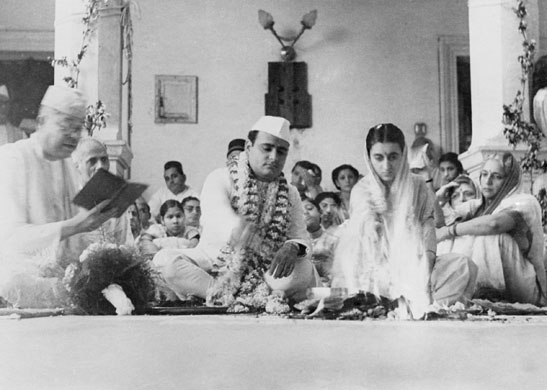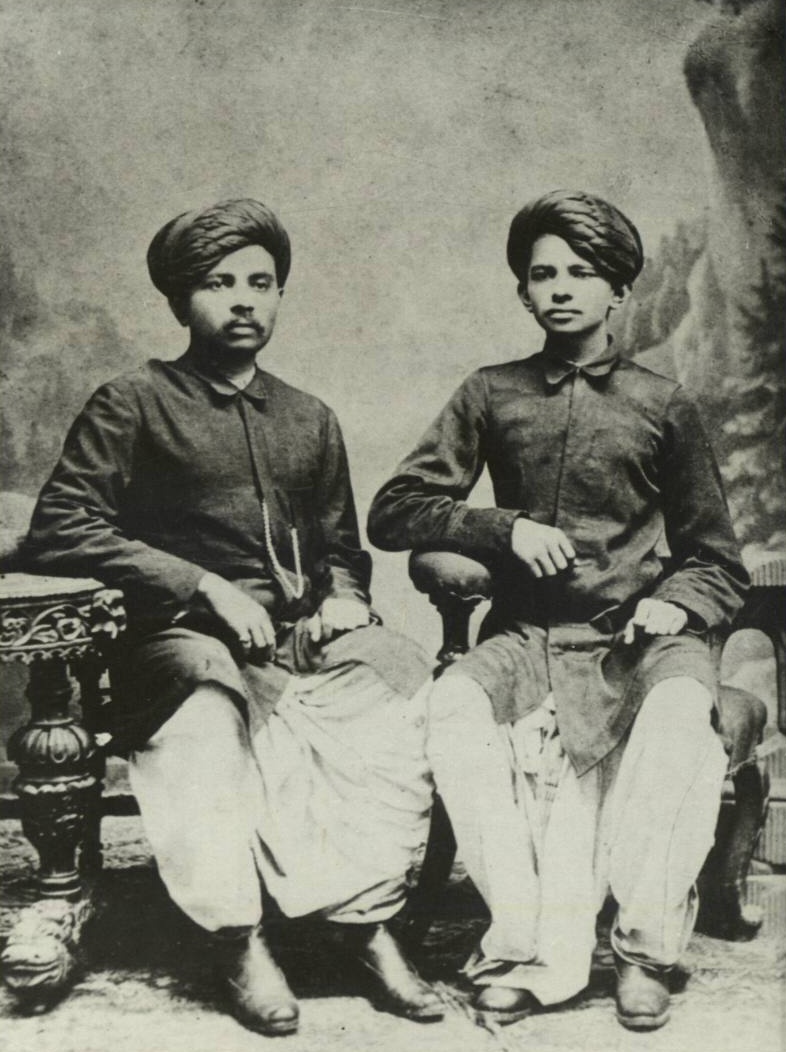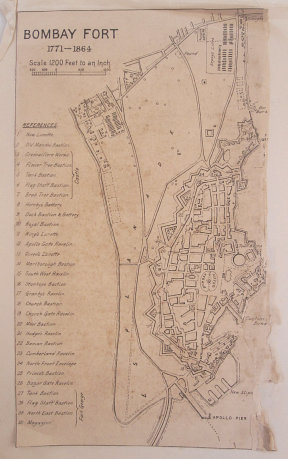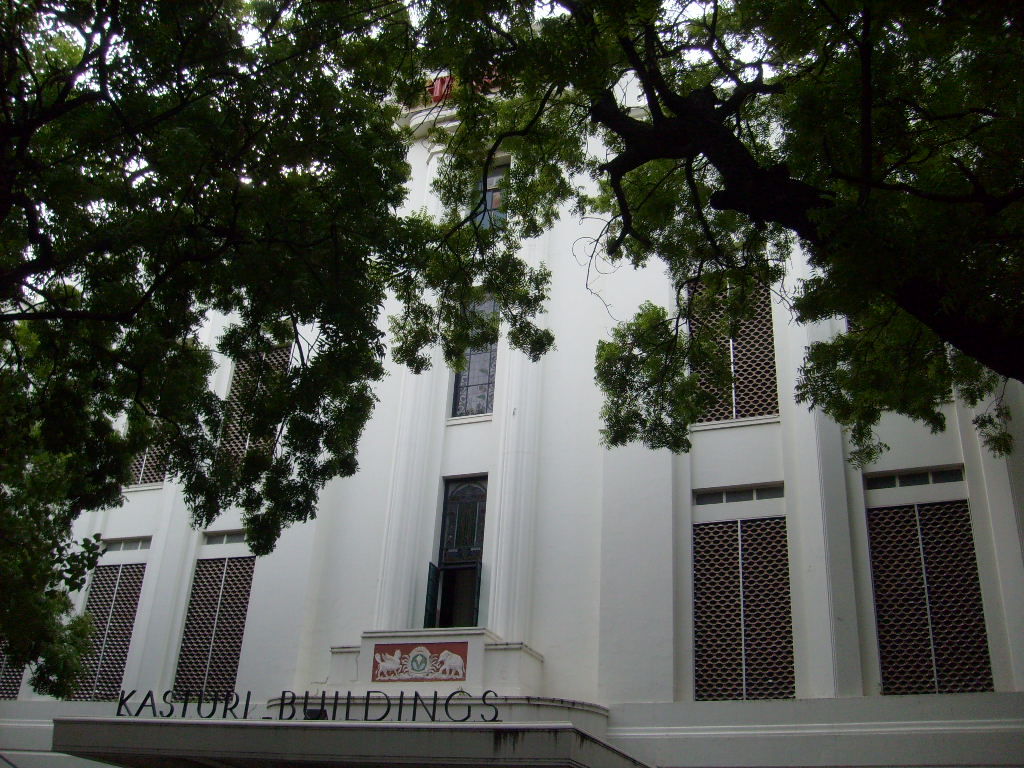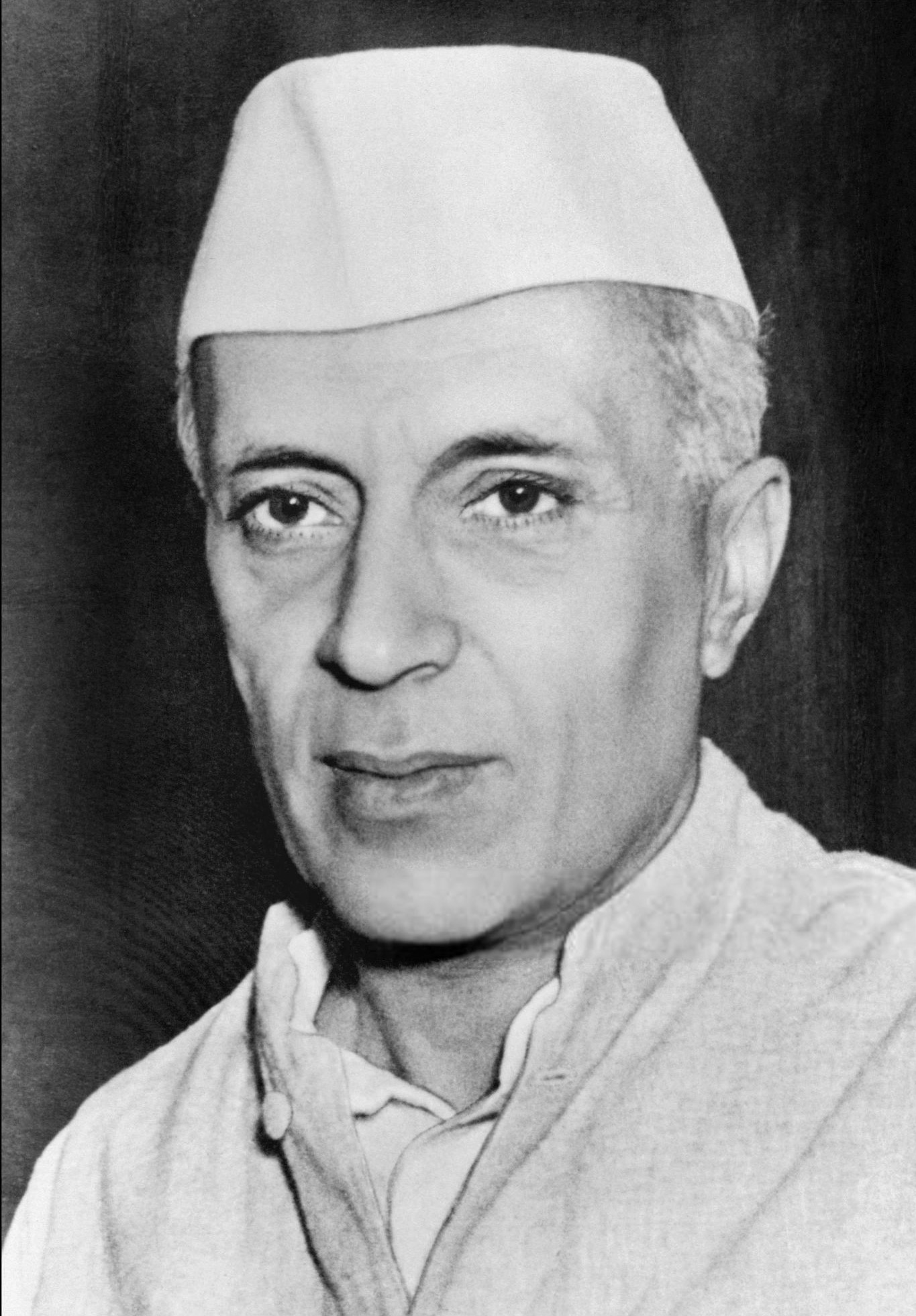|
Feroze Gandhi
Feroze Gandhi (born Feroze Jehangir Ghandy;: "Feroze Gandhi was also from the Nehrus' home town, Allahabad. A Parsi by faith, he at first spelt his surname 'Ghandy'. However, after he joined the national movement as a young man, he changed the spelling to bring it in line with that of Mahatma Gandhi." 12 September 1912 – 8 September 1960) was an Indian freedom fighter, politician and journalist. Gandhi published the newspapers '' The National Herald'' and '' The Navjivan''. He served as a member of the provincial parliament between 1950 and 1952, and later a member of the Lok Sabha, the Lower House of India's parliament. Gandhi's wife, Indira Nehru (daughter of Jawaharlal Nehru, the first Prime Minister of India), and their elder son Rajiv were both prime ministers of India. Early life Feroze Jehangir Ghandy was born on 12 September 1912 to a Parsi family at the Tehmulji Nariman Hospital in the Fort district of Bombay; his parents, Jehangir Faredoon Ghandy and Ra ... [...More Info...] [...Related Items...] OR: [Wikipedia] [Google] [Baidu] |
Pratapgarh (Lok Sabha Constituency)
Pratapgarh Lok Sabha constituency is one of the 80 Lok Sabha parliamentary constituencies in Uttar Pradesh. Assembly segments Presently, Pratapgarh Lok Sabha constituency comprises five Vidhan Sabha The State Legislative Assembly, or Vidhan Sabha, or also Saasana Sabha, is a legislative body in the states and union territories of India. In the 28 states and 3 union territories with a unicameral state legislature, it is the sole legislativ ... (legislative assembly) segments. These are: Members of Parliament Election results Notes External linksPratapgarh lok sabha constituency election 2019 result details {{DEFAULTSORT:Pratapgarh Lok Sabha constituency Lok Sabha constituencies in Uttar Pradesh Pratapgarh district, Uttar Pradesh ... [...More Info...] [...Related Items...] OR: [Wikipedia] [Google] [Baidu] |
Navjivan (newspaper)
''Navjivan India'' (Hindi: India) is an Indian newspaper published by The Associated Journals Ltd who have been publishing the daily ''Navjivan'' since 1 November 1947. Prior to this, a newspaper called ''Navjivan'' was published by Indian activist and leader Mahatma Gandhi, and The Associate Journals started publishing ''Navjivan'' with his permission. Similar to publications like the ''National Herald'' and ''Qaumi Awaz'', ''Navajivan'' was also started with the intention to promote the principles of Mahatma Gandhi's Indian independence movement and Jawaharlal Nehru’s vision of modern India. The main objective of the newspaper was to inform and influence readers who supported the creation of democratic, liberal, and modern India. The aim of the newspaper was to speed up the propagation of the values of Gandhi: the interest in modernization, democracy, justice reform, liberal social harmony of the independence movement. History The newspaper, ''Navajivan,'' the de facto pr ... [...More Info...] [...Related Items...] OR: [Wikipedia] [Google] [Baidu] |
Lal Bahadur Shastri
Lal Bahadur Shastri (; 2 October 1904 – 11 January 1966) was an Indian politician and statesman who served as the 2nd Prime Minister of India from 1964 to 1966 and 6th Home Minister of India from 1961 to 1963. He promoted the White Revolution – a national campaign to increase the production and supply of milk – by supporting the Amul milk co-operative of Anand, Gujarat and creating the National Dairy Development Board. Underlining the need to boost India's food production, Shastri also promoted the Green Revolution in India in 1965. This led to an increase in food grain production, especially in the states of Punjab, Haryana and Uttar Pradesh. Shastri was born to Sharada Prasad Srivastava and Ramdulari Devi in Mughalsarai on 2 October 1904. He studied in East Central Railway Inter college and Harish Chandra High School, which he left to join the non-cooperation movement. He worked for the betterment of the Harijans at Muzaffarpur and dropped his caste-deriv ... [...More Info...] [...Related Items...] OR: [Wikipedia] [Google] [Baidu] |
Mahatma Gandhi
Mohandas Karamchand Gandhi (; ; 2 October 1869 – 30 January 1948), popularly known as Mahatma Gandhi, was an Indian lawyer, Anti-colonial nationalism, anti-colonial nationalist Quote: "... marks Gandhi as a hybrid cosmopolitan figure who transformed ... anti-colonial nationalist politics in the twentieth-century in ways that neither indigenous nor westernized Indian nationalists could." and Political ethics, political ethicist Quote: "Gandhi staked his reputation as an original political thinker on this specific issue. Hitherto, violence had been used in the name of political rights, such as in street riots, regicide, or armed revolutions. Gandhi believes there is a better way of securing political rights, that of nonviolence, and that this new way marks an advance in political ethics." who employed nonviolent resistance to lead the successful Indian independence movement, campaign for India's independence from British Raj, British rule, and to later inspire movements ... [...More Info...] [...Related Items...] OR: [Wikipedia] [Google] [Baidu] |
Indian Independence Movement
The Indian independence movement was a series of historic events with the ultimate aim of ending British Raj, British rule in India. It lasted from 1857 to 1947. The first nationalistic revolutionary movement for Indian independence emerged from Bengal. It later took root in the newly formed Indian National Congress with prominent moderate leaders seeking the right to appear for Indian Civil Service (British India), Indian Civil Service examinations in British India, as well as more economic rights for natives. The first half of the 20th century saw a more radical approach towards self-rule by the Lal Bal Pal, Lal Bal Pal triumvirate, Aurobindo Ghosh and V. O. Chidambaram Pillai. The final stages of the independence struggle from the 1920s was characterized by Congress' adoption of Mahatma Gandhi's policy of non-violence and Salt March, civil disobedience. Intellectuals such as Rabindranath Tagore, Subramania Bharati, and Bankim Chandra Chattopadhyay spread patriotic awarenes ... [...More Info...] [...Related Items...] OR: [Wikipedia] [Google] [Baidu] |
Kamala Nehru
Kamala Nehru (''née'' Kaul; ; 1 August 1899 – 28 February 1936) was an Indian independence activist and the wife of Jawaharlal Nehru, the first Prime Minister of India. Her daughter Indira Gandhi was the first female Prime Minister of India. Early life and marriage Nehru was born on 1 August 1899 to Rajpati and Jawahar Mull Atal-Kaul, who were from a Kashmiri Pandit family of Old Delhi. She was the eldest child and had two brothers, Chand Bahadur Kaul and the botanist, Kailas Nath Kaul, and a sister, Swaroop Kathju. Kamala married Jawaharlal Nehru at the age of 16. Her husband went to a trip in the Himalayas shortly after their marriage. In his autobiography, Jawaharlal Nehru, referring to his wife, stated "I almost overlooked her." Nehru gave birth to a girl child in November 1917, Indira Priyadarshini, who later succeeded her father as prime minister and head of the Congress party. Harilal Gandhi Movement 1931 Nehru was involved with Harilal Gandhi in the nati ... [...More Info...] [...Related Items...] OR: [Wikipedia] [Google] [Baidu] |
Gujarat
Gujarat (, ) is a state along the western coast of India. Its coastline of about is the longest in the country, most of which lies on the Kathiawar peninsula. Gujarat is the fifth-largest Indian state by area, covering some ; and the ninth-most populous state, with a population of 60.4 million. It is bordered by Rajasthan to the northeast, Dadra and Nagar Haveli and Daman and Diu to the south, Maharashtra to the southeast, Madhya Pradesh to the east, and the Arabian Sea and the Pakistani province of Sindh to the west. Gujarat's capital city is Gandhinagar, while its largest city is Ahmedabad. The Gujaratis are indigenous to the state and their language, Gujarati, is the state's official language. The state encompasses 23 sites of the ancient Indus Valley civilisation (more than any other state). The most important sites are Lothal (the world's first dry dock), Dholavira (the fifth largest site), and Gola Dhoro (where 5 uncommon seals were found). Lothal ... [...More Info...] [...Related Items...] OR: [Wikipedia] [Google] [Baidu] |
Bharuch
Bharuch (), formerly known as Broach, is a city at the mouth of the river Narmada in Gujarat in western India. Bharuch is the administrative headquarters of Bharuch District. The city of Bharuch and surroundings have been settled since times of antiquity. It was a ship building centre and sea port in the compass, pre-compass trade, coastal trading routes to points West, perhaps as far back as the days of the pharaohs. The route made use of the regular and predictable monsoon winds or galleys. Many goods from the Far East (the famed Maluku Islands, Spice and Silk trade) were shipped there during the annual monsoon winds, making it a terminus for several key land-sea trade routes. Bharuch was known to the Greeks, the various Persian Empires, in the Roman Empire, Roman Republic and Empire, and in other Western centres of civilisation through the end of the European Middle Ages.Periplus of the Erythraean Sea [...More Info...] [...Related Items...] OR: [Wikipedia] [Google] [Baidu] |
Fort (Mumbai Precinct)
Fort is a business and art district in the city of Mumbai, Maharashtra. The area gets its name from the defensive fort, Fort George Fort George may refer to: Forts Bermuda * Fort George, Bermuda, built in the late 18th Century and successively developed through the 19th Century, on a site that had been in use as a watch and signal station since 1612 British Virgin Islands * ..., built by the British East India Company around Bombay Castle. The area extends from the docks in the east, to Azad Maidan in the west; Chhatrapati Shivaji Maharaj Terminus in the north to Kala Ghoda in the south. This area is the heart of the financial markets of the city & multiple British era structures are located in this neighbourhood. History The Fort area was declared protected under regulations of the Maharashtra Government Urban Development Department. An advisory committee now oversees the development, repairs and renovations of structures in the precinct. In 1882, Bomanjee Hormarj ... [...More Info...] [...Related Items...] OR: [Wikipedia] [Google] [Baidu] |
Parsi Lying-in Hospital
The Parsi Lying-in Hospital (PLIH), also known as Temulji's Lying-in Hospital, sometimes spelled Tehmulji's Lying-in Hospital, was one of the first maternity hospitals in Bombay (now Mumbai). It was co-founded by physician and obstetrician Temulji Bhicaji Nariman in 1887 and completed in 1895. Dwindling numbers of Parsi births in the latter half of the 20th century led to its closure. Origins During the 19th century, Bombay's Parsi women had largely given birth at home, confined to poorly ventilated and unsanitary conditions. In 1887, obstetrician and dean of Grant Medical College, Temulji Nariman, concerned about the prevalence of puerperal fever, founded the PLIH. The hospital was initially located in a small house facing the ocean in the Marine Lines. It was run by Nariman as the Parsi Maternity Asylum and established Nariman's name in the community. Shortly, however, a plot was bought from the government on the esplanade in the Hornby Estate of Mumbai. The building was desi ... [...More Info...] [...Related Items...] OR: [Wikipedia] [Google] [Baidu] |
The Hindu
''The Hindu'' is an Indian English-language daily newspaper owned by The Hindu Group, headquartered in Chennai, Tamil Nadu. It began as a weekly in 1878 and became a daily in 1889. It is one of the Indian newspapers of record and the second most circulated English-language newspaper in India, after '' The Times of India''. , ''The Hindu'' is published from 21 locations across 11 states of India. ''The Hindu'' has been a family-owned newspaper since 1905, when it was purchased by S. Kasturi Ranga Iyengar from the original founders. It is now jointly owned by Iyengar's descendants, referred to as the "Kasturi family", who serve as the directors of the holding company. The current chairperson of the group is Malini Parthasarathy, a great-granddaughter of Iyengar. Except for a period of about two years, when S. Varadarajan held the editorship of the newspaper, the editorial positions of the paper were always held by members of the family or held under their direction. His ... [...More Info...] [...Related Items...] OR: [Wikipedia] [Google] [Baidu] |
List Of Prime Ministers Of India
The prime minister of India is the chief executive of the Government of India. Although the President of India is the constitutional, nominal, and ceremonial head of state, in practice and ordinarily, the executive authority is vested in the Prime Minister and their chosen Council of Ministers. The prime minister is the leader elected by the party with a majority in the lower house of the Indian parliament, the Lok Sabha, which is the main legislative body in the Republic of India. The prime minister and their cabinet are at all times responsible to the Lok Sabha. The prime minister can be a member of the Lok Sabha or of the Rajya Sabha, the upper house of the parliament. The prime minister ranks third in the order of precedence. The prime minister is appointed by the president of India; however, the prime minister has to enjoy the confidence of the majority of Lok Sabha members, who are directly elected every five years, unless a prime minister resigns. The prime minister is ... [...More Info...] [...Related Items...] OR: [Wikipedia] [Google] [Baidu] |
